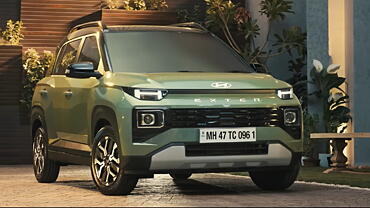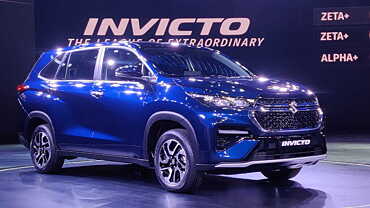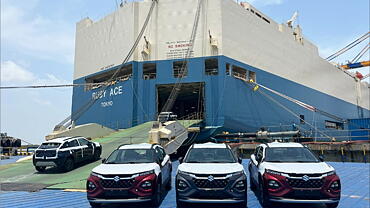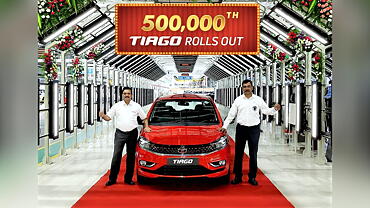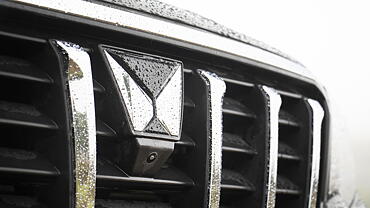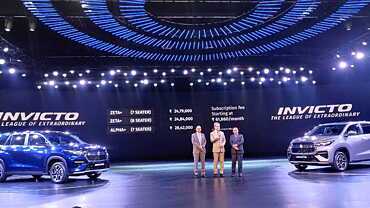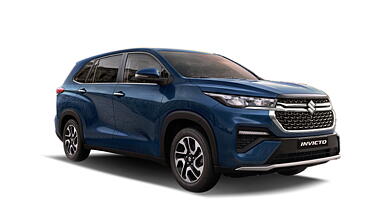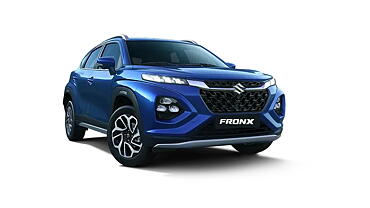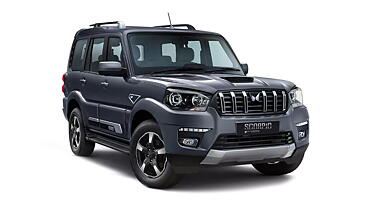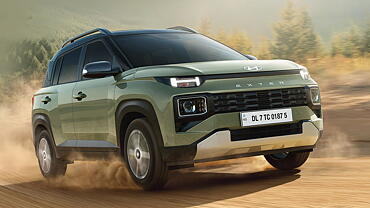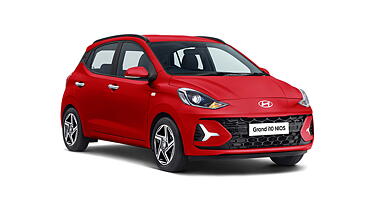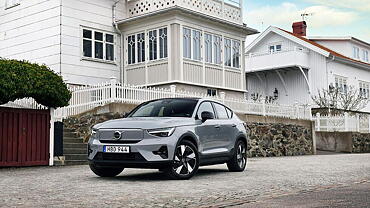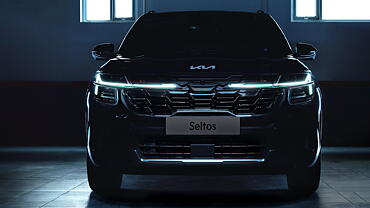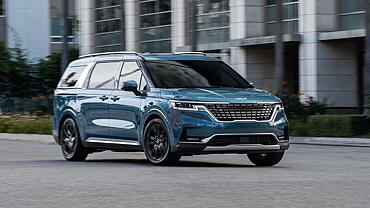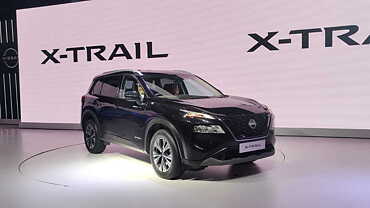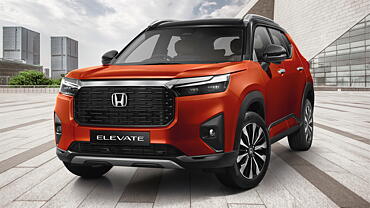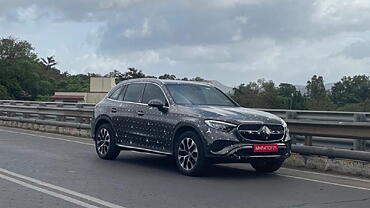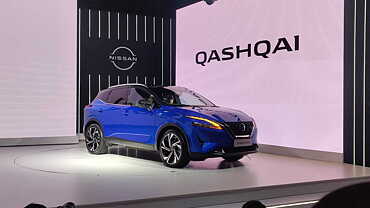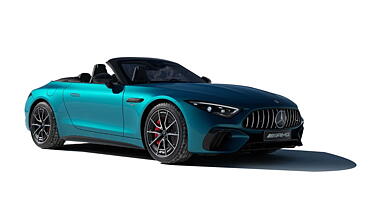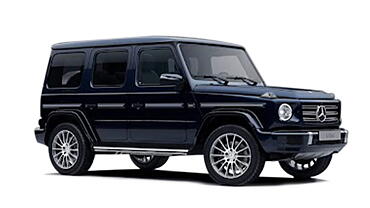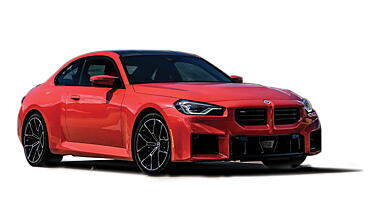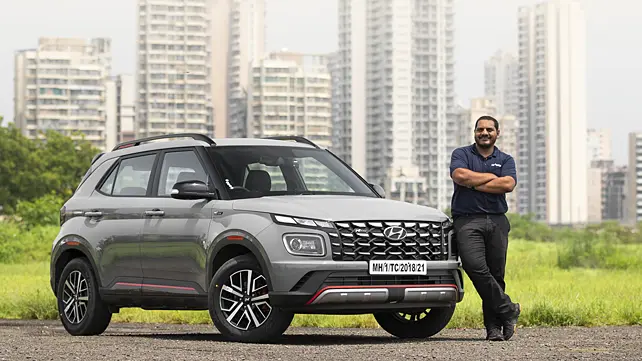
Why would I buy it?
- One of its kind sub-four metre SUV
- Looks sporty inside and out
- Sportier ride and handling
Why would I avoid it?
- Only one powertrain choice
- No bump in power output
Engine and Performance

The Hyundai Venue N-Line comes with only one engine option – the 1.0-litre turbo petrol which puts out 118bhp and 172Nm. It can be had with a seven-speed DCT as the sole gearbox option, no manual or the iMT option here. Although there’re no changes to the powertrain, Hyundai claims that the suspension setup and the steering have been tuned for the N-Line. We have already sampled this engine on numerous occasions and found it to be quite a potent one. There’s a good grunt right off the mark and the strong midrange is too much fun. Paired with the smooth shifting DCT, this powertrain is a hoot to throw around.

Despite being a three-cylinder, the vibrations are kept in check, and you can easily potter around town or do cross-country jaunts with no complaints from this engine whatsoever. Then, as usual, there are three drive modes — Eco, Normal, and Sport, which can be selected through a prominent dial placed right behind the gear lever. We have been driving the Venue N-Line in Sport mode all day for only one reason, the sporty exhaust sound is more enhanced in this mode and it’s music to our ears.

Now, for the performance figures, as we tested on our VBox, the 0-60kmph in the Venue N-Line came up in 6.11 seconds. And for a 0-to-100kmph sprint, it took 12.86 seconds. And for reference, the standard Venue 1.0-litre turbo’s performance figures, with a manual gearbox, were 5.50 seconds for the 0-60kmph run and 12.87 seconds for the 0-100kmph sprint.

Coming to the real changes in terms of steering and suspension, the Venue N-Line’s ride is slightly stiffer and you can feel the road irregularities more often. But when you are ready to push it around, there’s loads of confidence as the body roll is less than you expect and the steering response is also appreciable. Now, the steering might not be the quickest but has a good weight to it. And it’s progressive too. Overall, the changes to the Venue N-Line are worth the extra money you pay for it.
Exterior

Now, the Venue just recently received a well-rounded facelift. So, apart from that, the N-Line brings in some more frills and tinkles to the Venue. First, there are three colour options – the N-Line special which we’d have wanted here for its special looks was the Thunder Blue. There’s also a Polar White which looks quite understated. And lastly, this Shadow Grey which seems to be inspired by those expensive Euro supercars finished in Nardo Grey.

Then, the N-Line specific bits upfront include a black chrome grille with N-Line Logo and a redesigned bumper with red accents. On the side, you get N-Line specific 16-inch alloy wheels with red-finished brake calipers. There’s also an N-Line badge on the front fender and blacked-out roof rails and spoiler. At the back, the roof-mounted spoiler in black is specific to N-Line, and you also get reprofiled bumpers, N-badging, and black highlights. In fact, the dual exhaust tips are not just for show but sound great too.

Interior

If the exterior felt special, the interior only adds to it. Reminding you that this isn’t your run-of-the-mill Venue, its all-black cabin has contrast red highlights all around. There’s red stitching on the seats, gear lever, AC vents and centre buttons, and door pads. Then, the N-specific steering wheel is as good to hold as it is to look at. We also like how the all-digital driver’s display turns red in Sport mode and matches with the rest of the cabin. Even the new ambient lighting is in red colour. Moreover, N-Line badges can be seen on the gear lever and on the steering wheel as well.

One of the most interesting feature additions in the Venue N-Line is the factory-fitted dashcam. It’s a dual-vision camera available only in the N8 variant. Here’s the best part, it records not only over the dash but also inside the cabin. And it’s accessible through your smartphone. Sadly, we didn’t get a chance to connect ours with the system so we can’t show you how it looks right now. But that’s something for another day.

In terms of the feature list, the N-Line is based on the range-topping SX(O) trim, so you get all the bells and whistles that can be had with a sporty sub-four metre SUV. This includes an all-digital instrument cluster, electric adjustment for the driver seat, an eight-inch touchscreen infotainment system with built-in navigation, connected car tech, and an electric sunroof. What the N Line benefits over the existing offerings are metal pedals, red ambient lighting on the dashboard, a sliding centre armrest, an electrochromic IRVM, and the above-mentioned dash camera.

As for safety, the Venue N Line has six airbags, ISOFIX in the rear seat, a reverse parking camera with sensors, and disc brakes on all four wheels. The N Line is available in N6 and N8 variants. And the difference between both trims is Rs 1 lakh where the N6 misses out on the side and curtain airbags, auto-dimming IRVM, rear armrest, 60:40 split rear seats, dash camera, and electric adjustment for the driver seat.
Conclusion

You can walk into any Hyundai showroom and buy the Venue N-Line in two available versions – the N6 and N8. Since it’s based on the top-spec SX(O) version, the pricing for these two N-Line versions is Rs 12.16 lakh and Rs 13.15 lakh (ex-showroom), respectively. Plus, for additional Rs 15,000, both versions can be had in dual-tone colour options.

To put things into perspective, the equivalent range-topping Venue with the 1.0-litre DCT and the N-Line comes at a premium of close to Rs 60,000. That's not a lot of money for the good looks of the N-Line, the unique exhaust sound, and the feature upgrade as well. Not to forget, the Venue N-Line starts a new trend in the sub-four metre SUV segment which we hope the competition will try to match.

Pictures by Kaustubh Gandhi
![Hyundai Venue N Line [2022-2023] Hyundai Venue N Line [2022-2023]](https://imgd-ct.aeplcdn.com/160x89/n/cw/ec/125785/venue-n-line-right-front-three-quarter-2.jpeg?isig=0&q=75)




